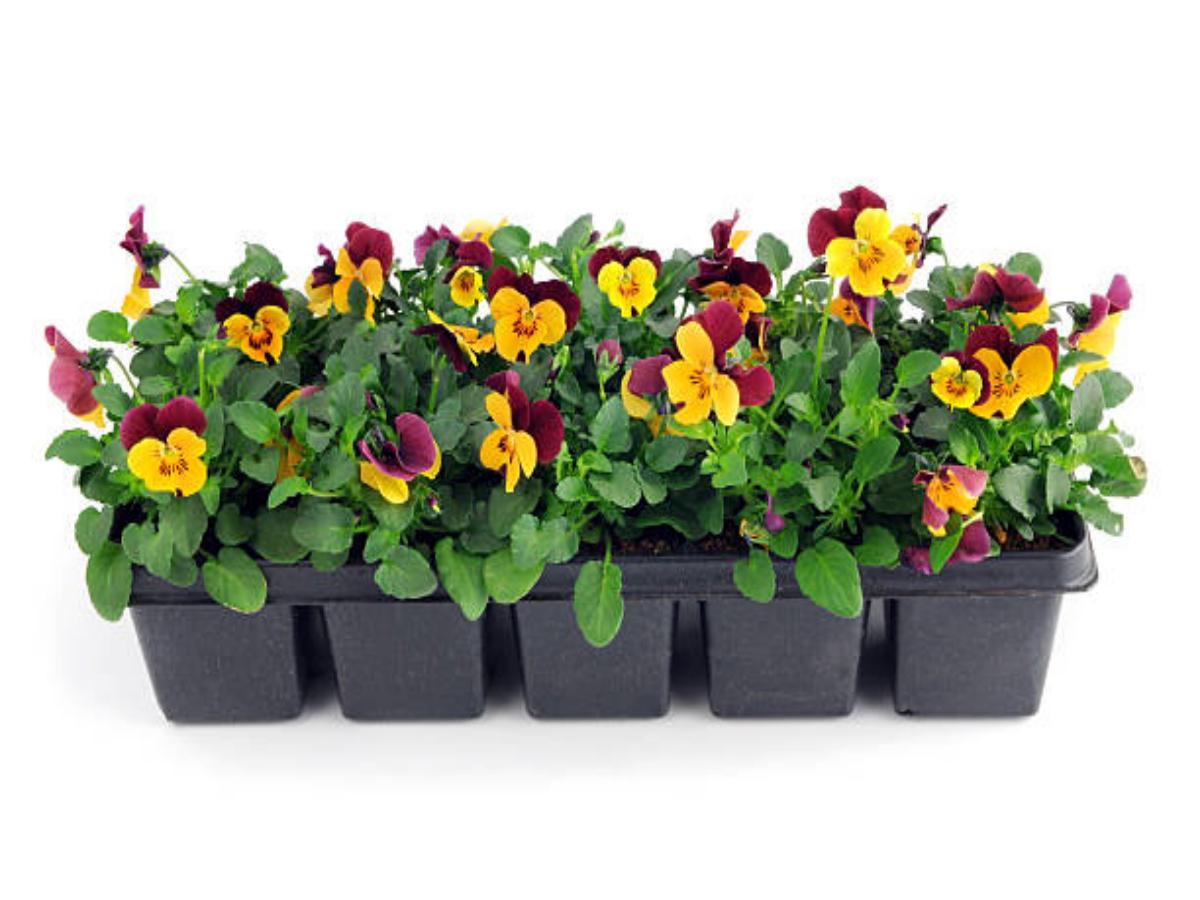How to Choose a Ceramic Pot for Planting
When it comes to planting, the choice of pot plays a crucial role in the success of your plants. Ceramic pots are a popular option due to their durability and aesthetic appeal. However, with so many options available, it can be overwhelming to choose the right ceramic pot for your plants. In this article, we will guide you through the process of selecting the perfect ceramic pot for planting, ensuring the health and beauty of your plants.
1. Consider the Size of a Ceramic Pot
The size of the ceramic pot is an essential factor to consider when selecting one for planting. It should be appropriate for the specific plant you intend to grow. A pot that is too small will restrict root growth and limit the plant's overall development. On the other hand, a pot that is too large may lead to excessive moisture retention, potentially causing root rot. Consider the mature size of your plant and choose a pot that provides enough space for it to grow.
2. Assess the Drainage
Good drainage is crucial for the health of your plants. Excess water can cause root rot, leading to the demise of your beloved greenery. When choosing a ceramic pot, ensure it has proper drainage holes at the bottom. These holes allow excess water to escape, preventing waterlogging and promoting healthy root growth. If the pot you desire doesn't have drainage holes, you can create them yourself using a drill or choose to use it as a decorative cover for a plastic pot with drainage.
3. Consider the Material of a Ceramic Pot
Ceramic pots come in various materials, each with its own set of advantages and disadvantages. Terracotta pots, for example, are porous and allow for better airflow to the roots. However, they can dry out quickly and may require more frequent watering. Porcelain pots, on the other hand, are non-porous and retain moisture better, which can be beneficial for plants that prefer moist soil. Consider the specific needs of your plants and choose a ceramic pot material that suits them best.
4. Evaluate the Weight
Ceramic pots can be heavy, especially when filled with soil and water. Before making a purchase, consider the weight of the pot and whether it is suitable for your intended location. If you plan to move your plants frequently or have limited strength, opting for a lighter ceramic pot will make it easier for you to handle and transport.
5. Assess the Aesthetics of a Ceramic Pot
One of the main reasons people choose ceramic pots is for their aesthetic appeal. They come in various shapes, colors, and designs, allowing you to find the perfect pot that complements your plant and home decor. Consider the overall look and feel you want to achieve and choose a ceramic pot that enhances the beauty of your plants and adds a touch of style to your space.
6. Check for Quality
When investing in a ceramic pot, it is important to ensure its quality. Look for pots that are well-made and free from any cracks or imperfections. A high-quality ceramic pot will not only last longer but also provide better insulation for your plants, protecting them from extreme temperatures. Additionally, a well-crafted pot adds a sense of elegance and sophistication to your plant display.
7. Consider the Price of a Ceramic Pot
The price of ceramic pots can vary greatly depending on their size, material, and design. Set a budget and consider the cost in relation to the value you expect from the pot. While it can be tempting to opt for cheaper options, keep in mind that investing in a durable and high-quality ceramic pot will save you money in the long run as you won't need to replace it frequently.
8. Think About the Plant's Natural Habitat
Before choosing a ceramic pot, it's essential to consider the natural habitat of the plant you intend to grow. Different plants have different moisture and temperature requirements. If you plan to grow a desert plant, for example, a porous terracotta pot may be more suitable as it allows for better airflow and faster drying of the soil. Understanding your plant's natural habitat will help you select a ceramic pot that replicates those conditions, promoting optimal plant growth.
9. Consider Longevity
When choosing a ceramic pot, think about its longevity. Ceramic pots are known for their durability, but not all are created equal. Some ceramic pots may be more prone to chipping or cracking over time. Opt for a pot that is well-made and designed to withstand the test of time. This way, you can enjoy your ceramic pot and the plants it houses for years to come.
10. Seek Expert Advice
If you are still unsure about which ceramic pot to choose for planting, don't hesitate to seek expert advice. Visit your local garden center or consult with a horticulturist who can provide guidance based on your specific plant and environmental conditions. Their expertise will help ensure you make an informed decision and select a ceramic pot that caters to the needs of your plants.

